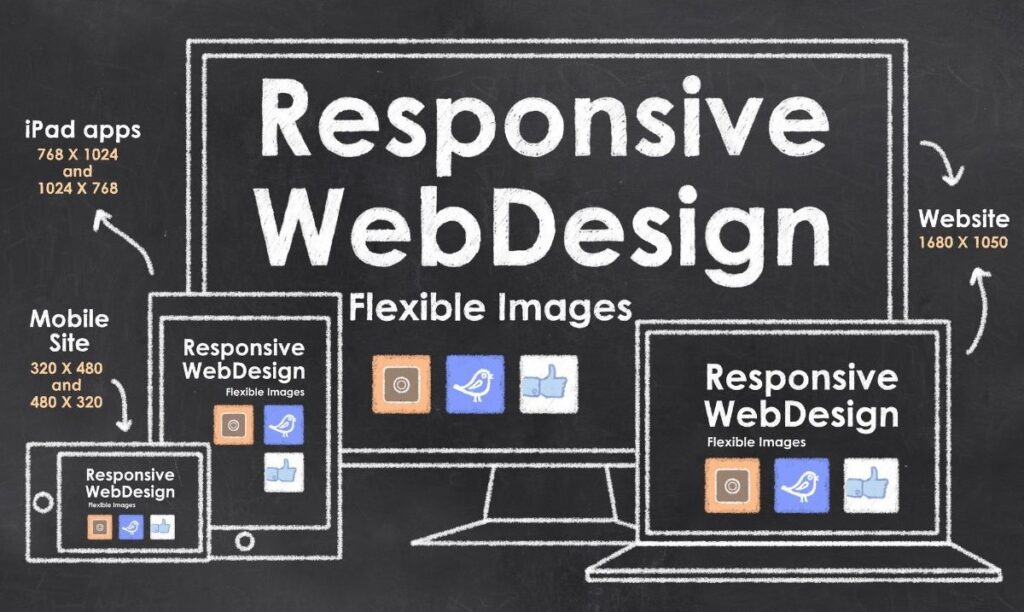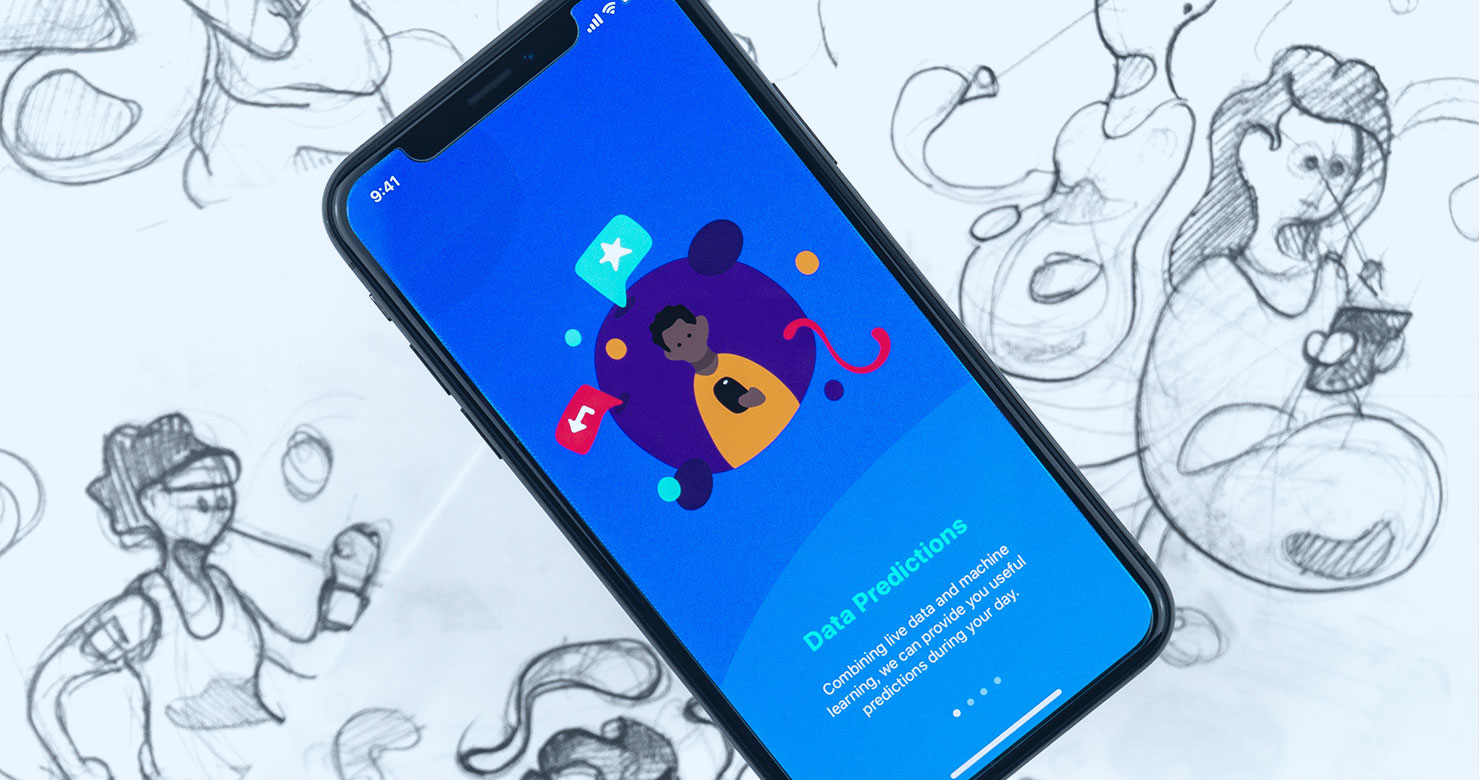
Mobile-First Design: A Must for Creating Responsive Websites and Enhancing User Experience
At Simply The Best Digital, we live by a mantra that’s steadily becoming a universal truth in the digital world: “Mobile-First Design is the future of website design.” But what exactly is mobile-first design, and why is it crucial for creating responsive websites that offer an enhanced user experience? Let’s dive in.

What is Mobile-First Design?
Mobile-first design is a design philosophy that prioritizes the development of a website for mobile devices first and then scales it up to larger screens (like desktops). This strategy is born from the realization that more users are browsing the web on their smartphones now than ever before. Consequently, we need websites that are not only compatible with mobile devices but also designed specifically to enhance the user experience on smaller screens.

Why is Mobile-First Design Important?
Mobile-first design is important for several reasons. Firstly, it enhances user experience. By focusing on mobile design, we can create streamlined sites that work brilliantly on smaller screens, reducing the chances of users getting frustrated and leaving your site.
Moreover, Google recognizes the significance of mobile browsing and has shifted to mobile-first indexing. This means Google predominantly uses the mobile version of the content for indexing and ranking. Therefore, a mobile-optimized site can improve your search engine ranking, driving more organic traffic to your site.
Mobile-First Design and Responsiveness
Mobile-first design is inherently linked to creating responsive websites. A responsive website is one that changes based on the needs of the users and the device they’re viewing it on. By starting with mobile-first design, we’re ensuring your website is already primed to respond effectively to users’ needs no matter what device they use.
Our Approach at Simply The Best Digital
At Simply The Best Digital, we’re experts in mobile-first design. We believe that creating responsive websites begins with understanding and prioritizing the mobile user experience. We’re committed to helping our clients build websites that not only look great on all devices but also deliver an outstanding user experience and enhance their SEO efforts.
So, if you’re ready to embrace the mobile-first philosophy and take your website to the next level, get in touch with us today. We can’t wait to help you create a website that’s truly designed for the future.
Frequently Asked Questions about Mobile First Design
Welcome to our Frequently Asked Questions (FAQs) section.
Crafting the perfect website design can feel overwhelming, especially with so many factors to consider. That’s why we’ve compiled answers to the most frequently asked questions about website design—from creating visually stunning layouts to ensuring functionality and responsiveness. Our goal is to provide clarity and transparency, helping you understand every aspect of the design process. If your question isn’t covered here, don’t hesitate to contact us directly—we’re here to bring your vision to life!
Frequently Asked Questions on Website Design
Welcome to our Frequently Asked Questions (FAQs) section.
Gradient design can add a striking and modern touch to your website, but understanding how to use it effectively can be tricky. That’s why we’ve gathered answers to the most common questions about gradient design, from creative techniques to practical applications that elevate your visuals. Our goal is to make the process simple and inspiring, empowering you to create designs that truly stand out. If your question isn’t covered here, reach out to us—we’re always ready to help bring your ideas to life!




